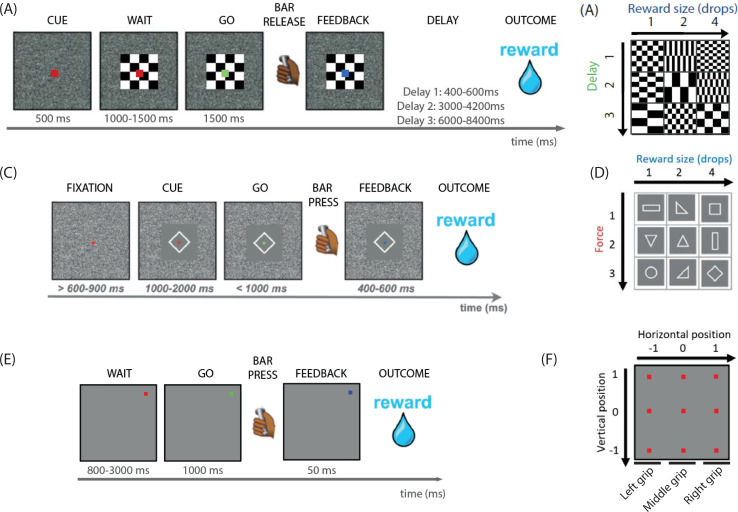Fig 1. Summary of the delay discounting, force discounting, and target detection tasks.
(A, B) Delay discounting task. (A) At the beginning of each trial, a cue appeared, indicating the combination of reward size and delay. After 500 ms, a red point appeared, superimposed on the cue, indicating that the monkey had to wait. After a random interval of time (1,000 to 1,500 ms), the red point turned green (go signal), for 1,500 ms. If the monkey released the bar between 200 and 1,500 ms after the onset of the green point, the point turned blue, indicating correct performance. In correct trials, the reward announced by the cue was delivered after a random delay comprised in the interval of time announced by the cue. If the monkey did not perform any bar release or performed it too early or too late, the same trial started again. (B) The task had 9 conditions, a combination of 3 levels of delay (400 to 600; 3,000 to 4,200; and 6,000 to 8,400 ms) and 3 reward sizes. Each condition was associated to a specific cue. (C, D) force discounting task. (C) At the beginning of each trial, a red dot appeared, and the monkey had to fixate his gaze onto it. After a random period of time, a cue appeared, indicating the combination of reward and force that was offered. The monkey had to maintain fixation on the red dot for the whole duration of cue presentation (1,000 to 2,000 ms). The red dot then turned green (go signal), and the monkey had to trigger the response within 1,000 ms, i.e., press the grip to reach the instructed force threshold. When the threshold was reached, the dot turned blue but monkeys had to maintain the force above threshold for 400 to 600 ms in order to obtain the reward predicted by the cue. (D) The task had 9 conditions, a combination of 3 levels of reward (1, 2, or 4 drops of water) and of 3 levels of force. Each combination was associated to a specific cue. (E, F) Target detection task. (E) Trials began with the onset of a red dot (wait signal) in 1 of 9 positions on the screen. After a random delay (800 to 3,000 ms), the red dot turned green (go signal), and the monkey had to press one of the 3 available grips within 1,000 ms. The force threshold was set just above baseline, such that any force would be sufficient. If the monkey pressed the grip, the dot turned blue and a reward (fixed amount of liquid) was delivered. In case of omission (no response) or anticipation (response during wait period), the trial was restarted. (F) The dots could appear in 9 different locations on screen, defined by 3 potential horizontal and 3 potential vertical coordinates. Horizontal coordinates indicated which grip had to be used: If the dot was on the left side of the screen, the monkey had to press the left-side grip, if the dot was on the right side of the screen, the monkey had to press the right-side grip, and if the dot was in the middle column of the screen, the monkey had to press the middle grip.

